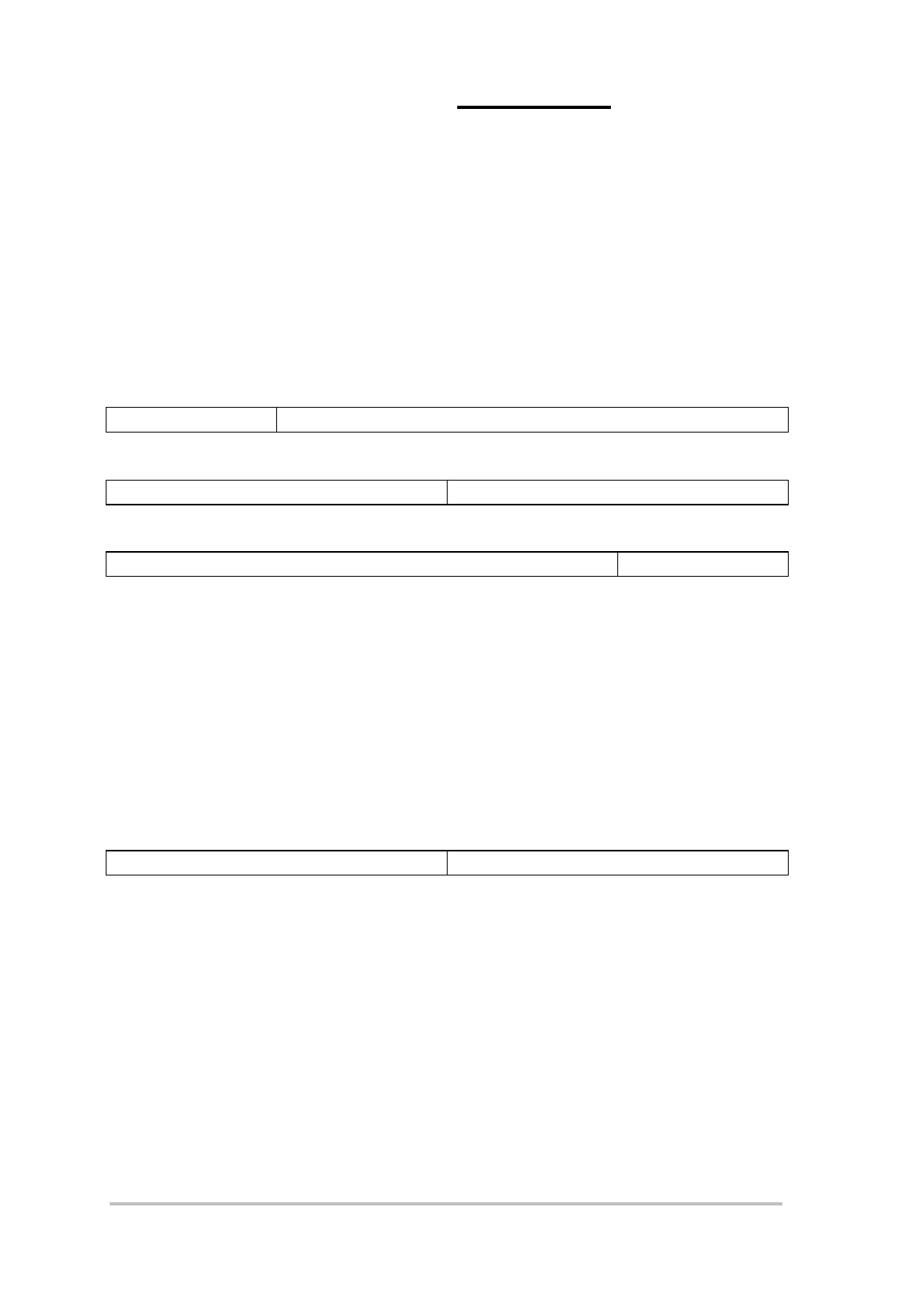
Echo LANlink Router Option User Manual Issue 1.0 04 December 1997 Page 55 of 59
APPENDIX H IP SUBNETS
An Internet Protocol (IP) address is 32 bits long and is split into two parts.
The first part is the network number and the second part is the unit number.
Combined they make a unique address.
An address with a different network number can only be reached via a
Router.
The way the IP address is split into these two parts varies on the upper bits of
the network number. This fixed split is defined as three classes.
Class A Address
Network 8 bits Unit 24 bits
Class B Address
Network 16 bits Unit 16 bits
Class C Address
Network 24 bits Unit 8 bits
Any equipment can establish the network element of an address based on the
upper bits of its IP address. This information is then used to work out the
network mask. When a target IP address is entered this network mask is
used to see if the target is on the same network number. If they do not match
then the packet must be sent via a Router to reach the target.
Subnets allow the boundary to be moved to the right by a given number of
bits. So if we take a Class A address and add an eight bit subnet we make
the network element 16 bits and the unit element 16 bits.
Class A Address + 8 bits of Subnet
Network 8+8bits (16 bits) Unit 16 bits
The problem is that every machine on this new 16 bit network must know of
the ‘new’ network/unit split as they can no longer automatically establish the
split based on the upper bits of the IP address. All equipment must now be
configured to use the correct number of subnet bits. Any equipment not
configured with the same number of subnet bits will not route correctly.
The number of subnet bits is variable between zero (use standard
network/unit split) to two less than the number of unit bits for this Class.
A router network can internally report the number of subnet bits by using
OSPF or RIP 2. RIP 1 cannot carry subnet information.


















